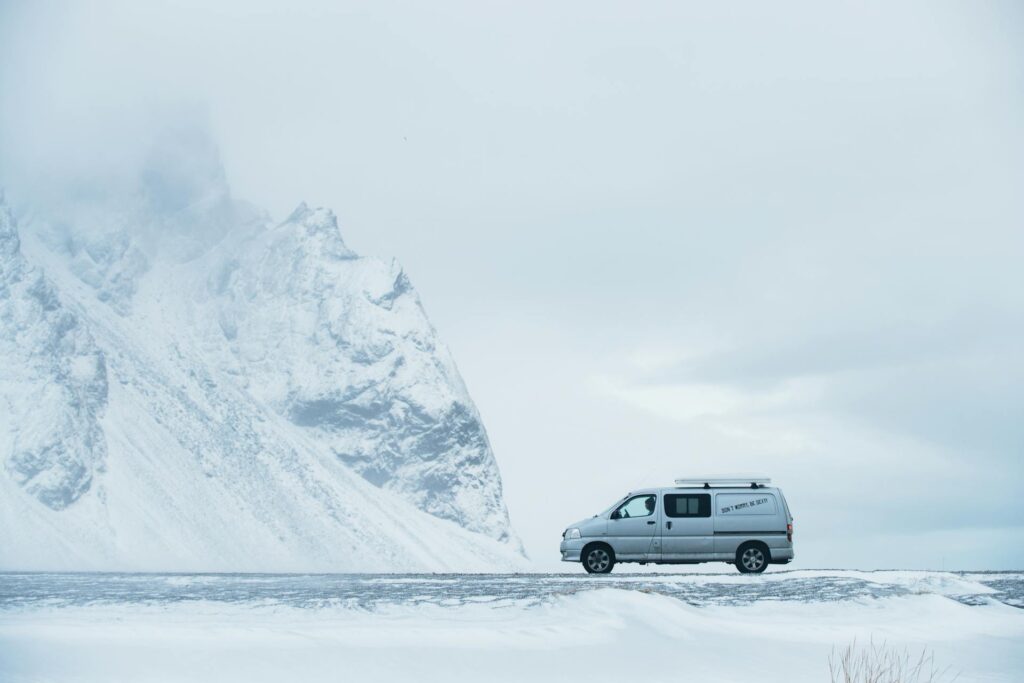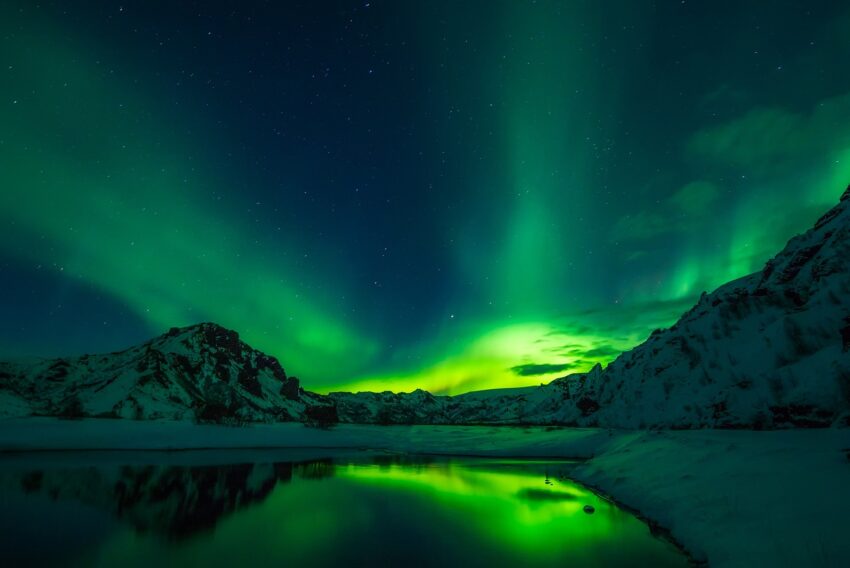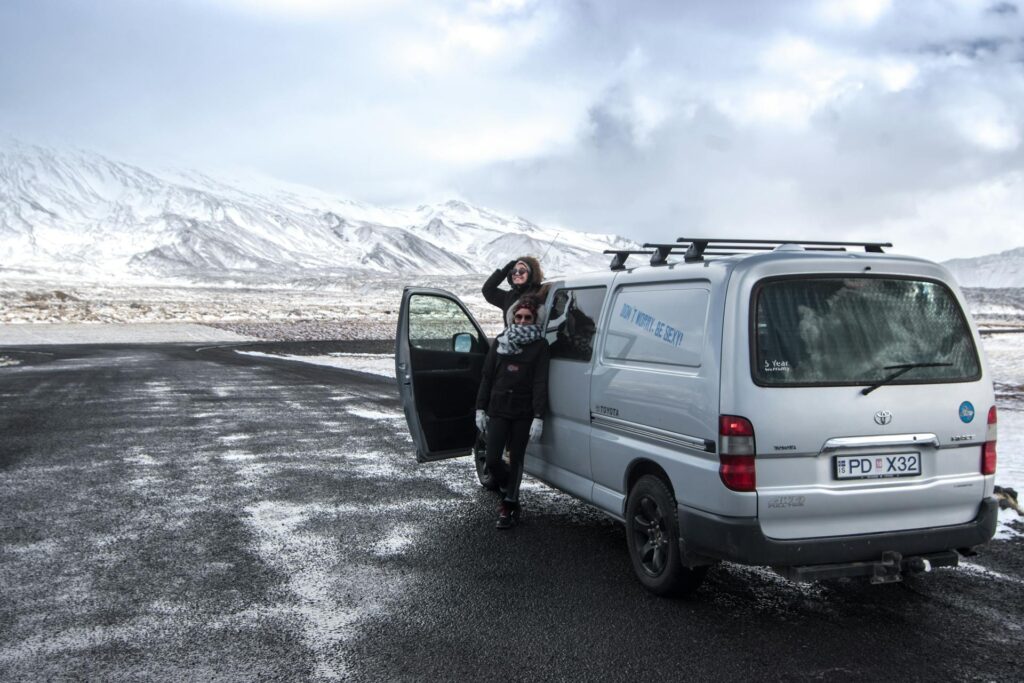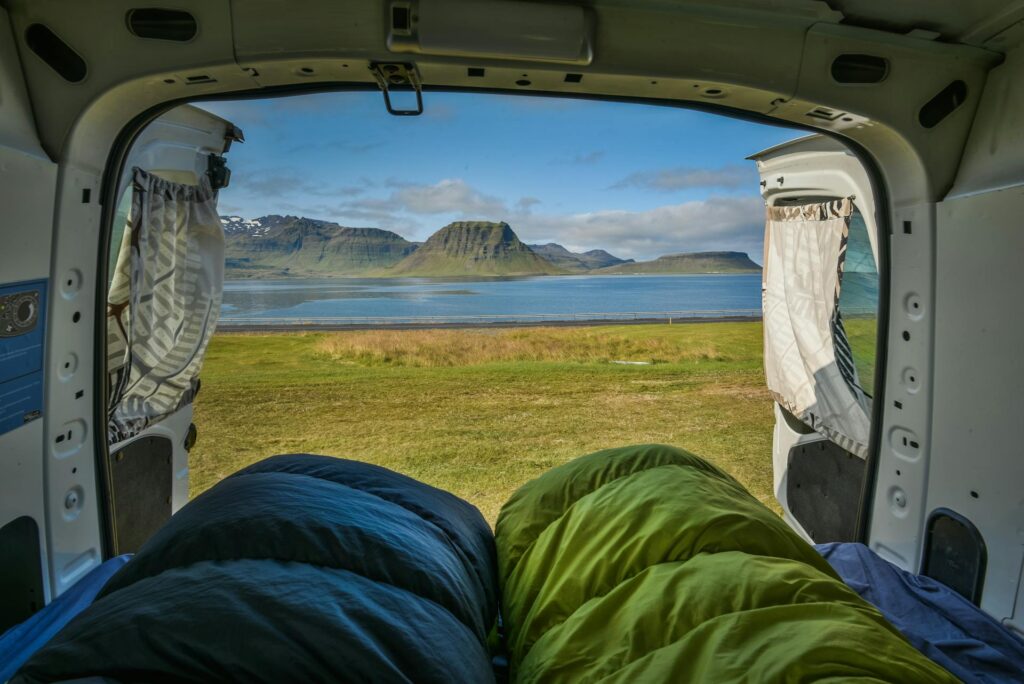The Northern Lights have long captured the imagination of travelers seeking raw, atmospheric beauty. Iceland, with its active skies, minimal light pollution, and quick access to remote horizons, offers one of the most consistent aurora experiences in the northern hemisphere.
While many visitors rely on rigid tours or fixed accommodations, campervan travel introduces a dynamic way to follow the lights in real time. By combining mobility with strategic positioning, it transforms aurora chasing into a flexible pursuit shaped by weather, sky activity, and terrain.
.
Iceland’s Natural and Geographical Advantages
Iceland sits directly beneath the auroral oval, providing the country with unusually consistent Northern Lights visibility. Clear skies are common in the highlands and coastal plains, especially during cold, dry spells that follow storms. Towns are sparse and small, reducing light pollution and making dark skies easily accessible without long detours.
The country’s compact geography packs glaciers, waterfalls, black-sand beaches, and volcanic plains within short driving distances. These features aren’t separated by hours of travel; many are located directly off the Ring Road or in the accessible sections of the South Coast, which remain operational throughout the winter.
Even in harsh conditions, weather windows often open up across short stretches, which matters when chasing a short-lived aurora burst.
Strategic locations for viewing, such as Þingvellir National Park or the beaches near Vík, can be reached in a single day from Reykjavík. High-ground spots and isolated coastlines are rarely far from fuel stations or pull-offs that can double as safe overnight stays.
The natural topography also supports wide, unobstructed views of the sky from multiple directions, reducing reliance on a single optimal angle.
.
Why Campervans Are Ideal for Aurora Chasing
Campervans turn Iceland into a live-action basecamp for aurora hunting. With full mobility across the Ring Road and surrounding routes, travelers can adjust their position by the hour, chasing clear skies based on real-time aurora forecasts and weather maps. This flexibility is critical when cloud cover shifts quickly between regions or when solar activity spikes with little warning.
Unlike fixed lodgings, campervans allow you to wait out weather breaks directly at your viewing hotspots. There’s no need to return to a hotel or drive long distances after midnight. If the lights appear at 11 pm near Skógafoss, you’re already home for the night.
Modern campervans built for winter conditions feature heating systems, insulated walls, and, in some models, panoramic side or roof windows, providing travelers with a front-row seat without stepping into the cold.
The ability to park in isolated, legal locations means avoiding crowds, tour bus loops, and artificial light, all of which interfere with long-exposure photography and eye adjustment.
Chasing the Aurora Borealis often means being ready to move at a moment’s notice, since clear skies can shift quickly in Iceland. Having your own wheels gives you the flexibility to follow the forecast and escape cloudy skies. That’s why many travelers opt for a campervan rental with CampEasy, whose vehicles are equipped for winter roads and long nights under the stars.
.
Key Tools and Strategies for Maximizing Your Chase
To maximize your chances of seeing the Northern Lights in Iceland, planning and timing are everything. The country’s dynamic weather and magnetic activity require active monitoring, quick decisions, and the right tools.
- Aurora forecasts: Use Vedur.is to track real-time aurora activity, cloud cover, and visibility levels. Green means clouds; white means clear skies.
- Best hours: Prime sightings occur between 9 pm and 2 am, with peaks often around local midnight. Long nights from September to March give extended viewing windows.
- Top locations: Remote, unobstructed places reduce light pollution and offer wide skies: Þingvellir National Park, Jökulsárlón Glacier Lagoon, Skógafoss waterfall, Snaefellsnes Peninsula, and Hali and Höfn areas in the southeast
- Offline tools: Cell signal is limited in remote areas. Download offline maps, GPS routes, and aurora forecast data before departure.
- Road safety alerts: Check umferdin.is/en and the Icelandic weather service for wind warnings, icy conditions, or road closures. Never rely on GPS alone for winter travel routing.
- Solar activity: KP index of 3 or higher improves your chances, but clear skies matter more. Even low KP nights can deliver visible lights if conditions are right.
Chasing auroras by campervan works best when you can pivot quickly, park safely, and sleep close to your next viewing zone.
.
What to Know Before You Go (Winter Travel Realities)
Winter in Iceland compresses time, narrows routes, and introduces mechanical constraints that shape every decision behind the wheel. Snowstorms, high winds, and black ice affect even the main roads, while interior F-roads remain off-limits without special permits and superjeep capabilities.
The Ring Road and South Coast remain drivable, but conditions change fast, and wind gusts can close sections with little warning.

Campervans must be fully winterized. Proper insulation, auxiliary heating systems, cold-rated tires, and spare fuel reserves are essential for both comfort and survival. Frost buildup inside the vehicle signals poor insulation and can affect sleep, equipment, and visibility. Power supply must also be managed carefully; nights are long and cold, requiring battery-conscious behavior.
Camping laws restrict overnight parking to designated areas unless explicit permission is granted. Some popular viewing areas have barriers or signs prohibiting overnight stays by campers. Weather alerts should be monitored constantly, especially for wind speeds, which pose risks even when the wind is stationary.
Travelers should always carry thermal clothing, emergency contact numbers, and layered sleeping gear. Iceland rewards flexibility, but winter demands preparation.
.
Ethical and Practical Tips for Responsible Viewing
Responsible aurora viewing begins with environmental awareness. Iceland’s fragile terrain, from moss-covered lava fields to glacial outwash plains, is easily damaged by tire tracks or foot traffic. Off-road driving is illegal and leaves scars that last for decades. Stick to marked roads and designated parking spots, even if that means skipping a photo opportunity.
Overtourism affects even remote sites. When dozens of vehicles gather at a single location, light pollution and noise disturb both the viewing experience and the natural setting. Aim for off-peak hours or less-publicized areas to minimize the impact and increase your chances of solitude.
Overnight stays must follow local regulations. Some municipalities have banned campervan parking outside of registered campgrounds. Use window shades or dim lighting to avoid casting beams into the night, especially when others are photographing the sky. Red light preserves night vision and reduces disruption.
Photographing auroras requires long exposures, which can be compromised by the use of flashlights, headlamps, or high beams. Avoid using artificial light unless necessary, and communicate with others nearby to keep shared spaces dark. A respectful approach protects both the environment and the viewing experience for everyone on the chase.




